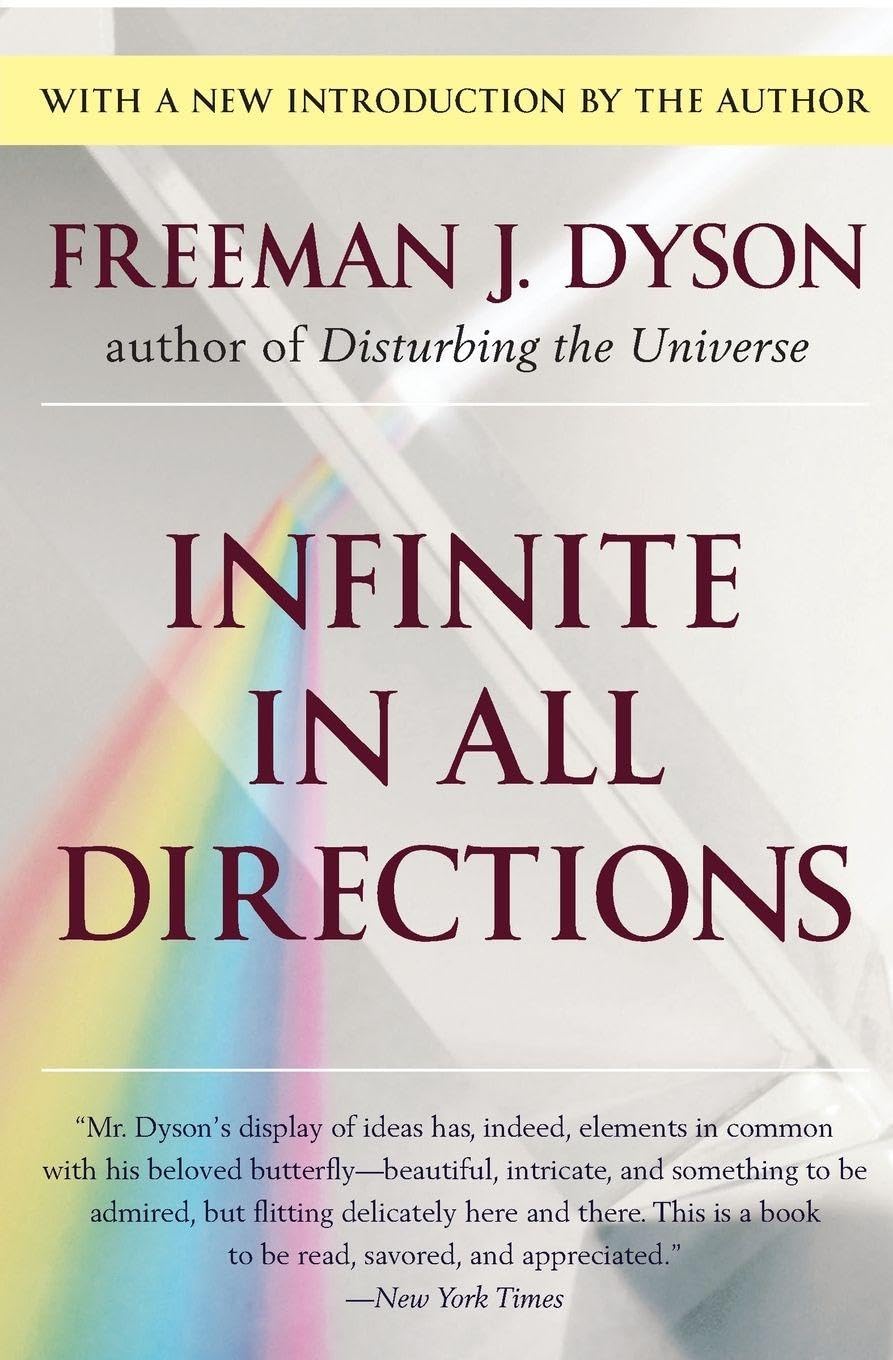Kundendienst
Copyright © 2025 Desertcart Holdings Limited
Desert Online General Trading LLC
Dubai, United Arab Emirates


Infinite in All Directions: Gifford Lectures Given at Aberdeen, Scotland April―November 1985 – Essential Popularized Science on Life, Nature, and Infinity
TrustPilot
vor 3 Wochen
vor 1 Monat
vor 1 Monat
vor 2 Monaten